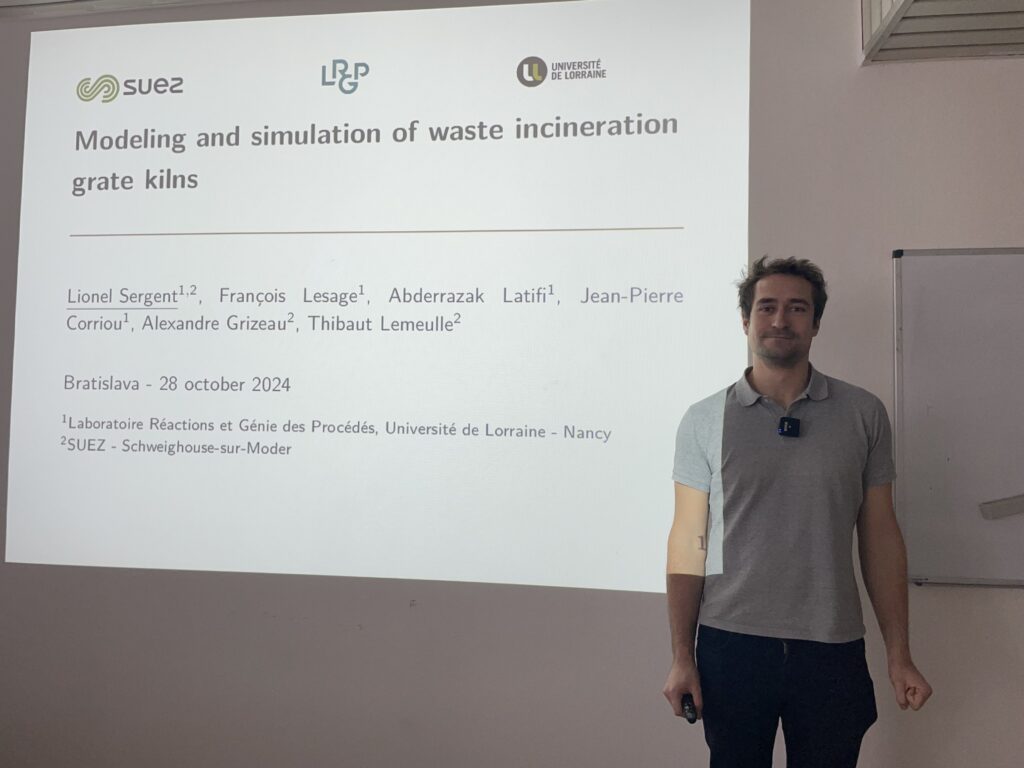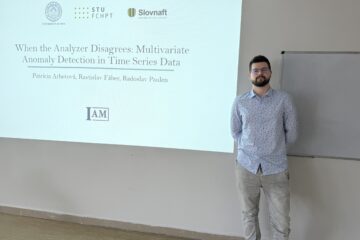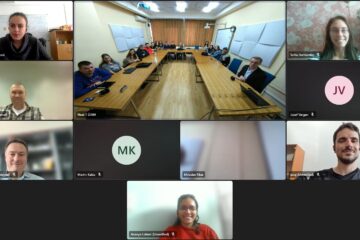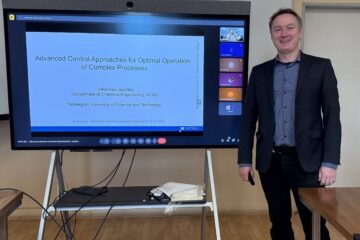On October 28, we organized a scientific seminar on “Modeling and Simulation of Waste Incineration Grate Kilns“. The scientific seminar was led by Lionel Sergent, a PhD student at Université de Lorraine, France. The scientific seminar was organized in the framework of the FrontSeat project as part of the seminar series on “Research Seminar on Smart Cybernetics”.

Abstract:
Roughly 30% of municipal waste is incinerated in the EU. Because of the heterogeneity
of the fuel and the lack of local measurements, the industry still relies heavily on traditional operator experience, physical intuition, and traditional control strategies. Advanced modeling strategies have been used to gain insights into the design of such facilities, but the modeling approaches used are too heavy to be used in an operational context. On the other end of the spectrum, a few simple models have been developed for process control. This work is an attempt to bridge the gap between those two categories of models by simplifying, adapting, and complementing published advanced modeling attempts with potential operational applications in mind. The model produced has two parts, namely the bed and the freeboard. The bed refers to the solid waste traveling through the kiln, while the freeboard refers to the gaseous space above the bed where the flame resides. The bed of waste is simulated with a porous medium eulerian-lagrangian approach, named walking columns. It features a simplified reaction scheme with drying, pyrolysis, homogeneous and heterogeneous combustion, and heat and mass transfers. The reduction of the volume throughout the combustion is modeled using a novel approach. The influence of some of the specifics of the industrial kiln is taken into account for the first time. The freeboard is modeled using the zone method, and the interface with the boiler is taken into account through a 3-layer system. Finite volumes are used for spatial discretization, and resolution is performed using an adapted version of the SIMPLE algorithm. The model is parametrized for 3 plants operated by SUEZ in France. Simulation results show that the model is able to reproduce general combustion tendencies and thus may be used as an analysis tool. However, the extreme sensibility of the model to some uncertain parameters regarding the mechanical solid behavior indicates that new approaches are needed to address this difficult modeling problem before model predictions may prove quantitatively reliable.
This project has received funding from the European Union’s Horizon under grant no. 101079342 (Fostering Opportunities Towards Slovak Excellence in Advanced Control for Smart Industries).





0 Comments